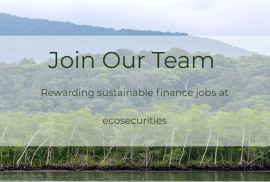Malawani, Mukhamad Ngainul | Lavigne, Franck | Kelfoun, Karim | Lahitte, Pierre | Hadmoko, Danang Sri | Gomez, Christopher | Wassmer, Patrick | Syamsuddin, Syamsuddin | Faral, Audrey
Bulletin of Volcanology, Volume 86, Issue 3, March 2024, Article number 24
Abstract
We propose a vast area in the middle of Lombok, Indonesia, dominated by hummock hills, is a debris avalanche deposit (DAD). We define this > 500 km2 area as Kalibabak DAD that may originate from Samalas volcano. No descriptions of the morphology, stratigraphy, mechanism, and age of this DAD have yet been reported; this contribution bridges this research gap. Here we present morphological and internal architecture analysis, radiocarbon dating, paleotopographic modeling, and numerical simulation of the DAD. We also present geospatial data e.g., topographical and geological maps, digital elevation models (DEMs), satellite imagery – in combination with stratigraphic data constructed from field surveys, archived data, and electrical resistivity data. Results show that the DAD was formed by a sector-collapse of Samalas volcano and covers an area of 535 km2, with a deposit width of 41 km and a runout distance up to 39 km from the source. The average deposit thickness is 28 m, reaching a measured local maximum of 58 m and a calculated volume of ~ 15 km3. Andesitic breccia boulders and a sandy matrix dominate the deposit. Using ShapeVolc, we reconstructed the pre-DAD paleotopography and then used the reconstructed DEM to model the debris avalanche using VolcFlow. The model provides an estimate of the flow characteristics, but the extent of the modelled deposit does not match the present-day deposit, for at least two reasons: (i) the lack of information on the previous edifice topography that collapsed, and (ii) limited understanding of how DADs translate across the landscape. Fourteen radiocarbon dating samples indicate that the DAD was emplaced between 7,000–2,600 BCE. The DAD’s enormous volume, vast extent and poorly weathered facies strongly suggest that it was not triggered by a Bandai-type debris avalanche (solely phreatic eruption), but more likely by a Bezymianny-type (magmatic eruption). This event was potentially triggered by a sub-Plinian or Plinian eruption (high eruption column with umbrella-like cloud) dated ~ 3,500 BCE, which produced the Propok pumice fall deposits. © International Association of Volcanology & Chemistry of the Earth’s Interior 2024.



